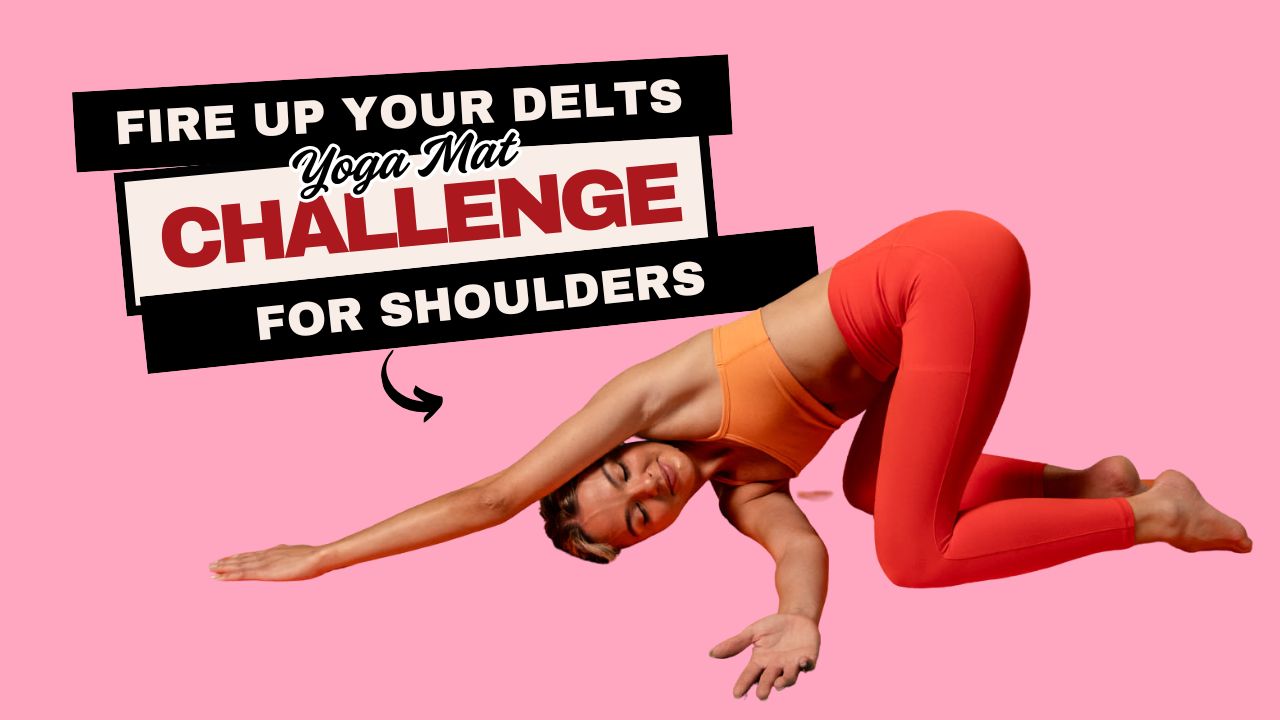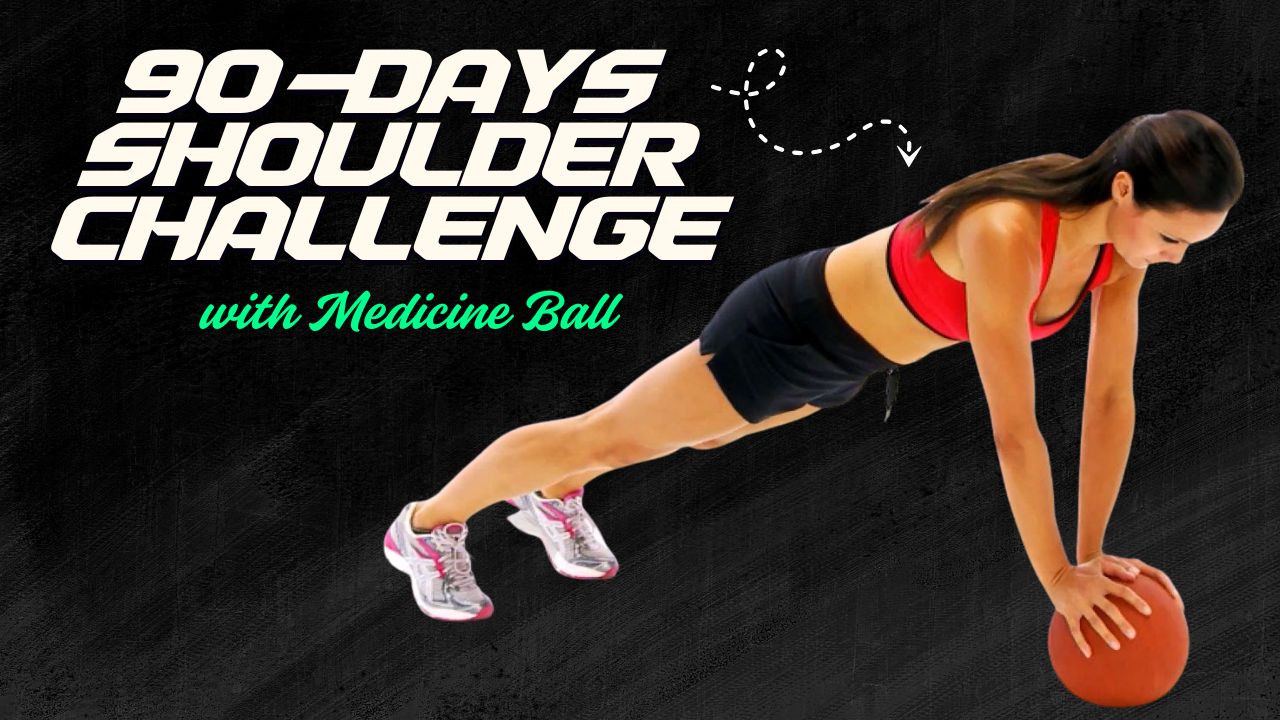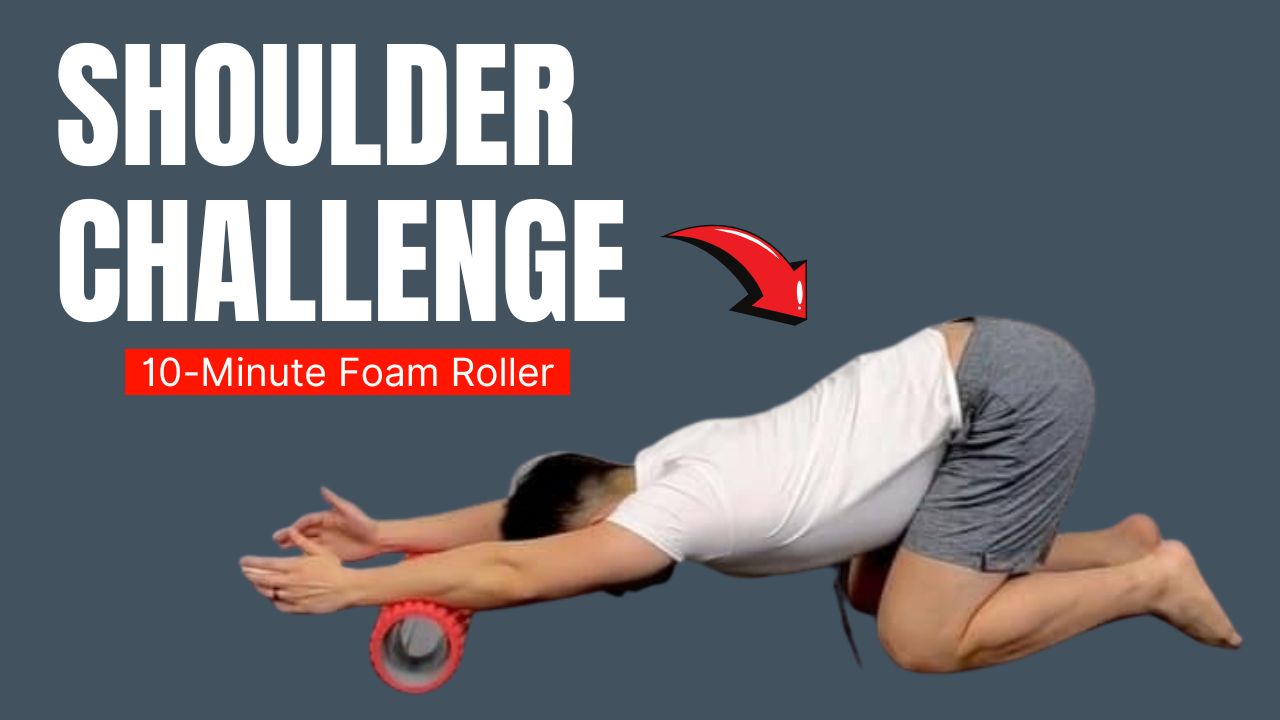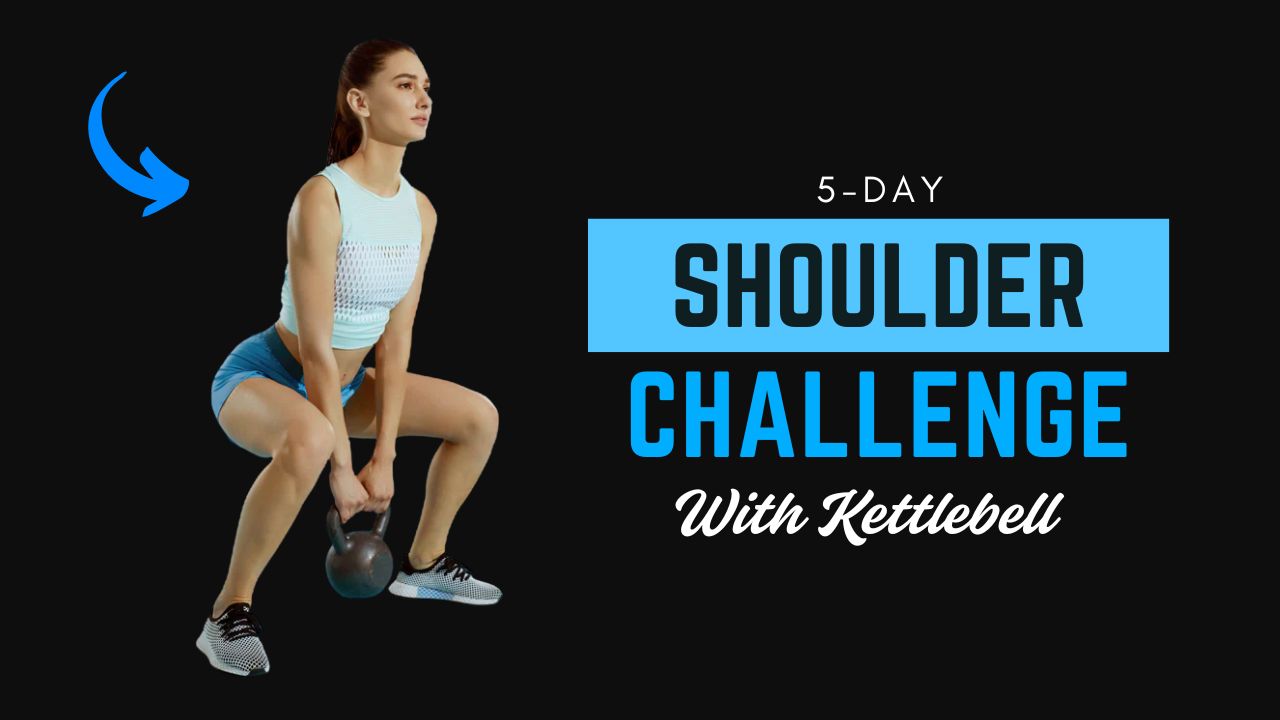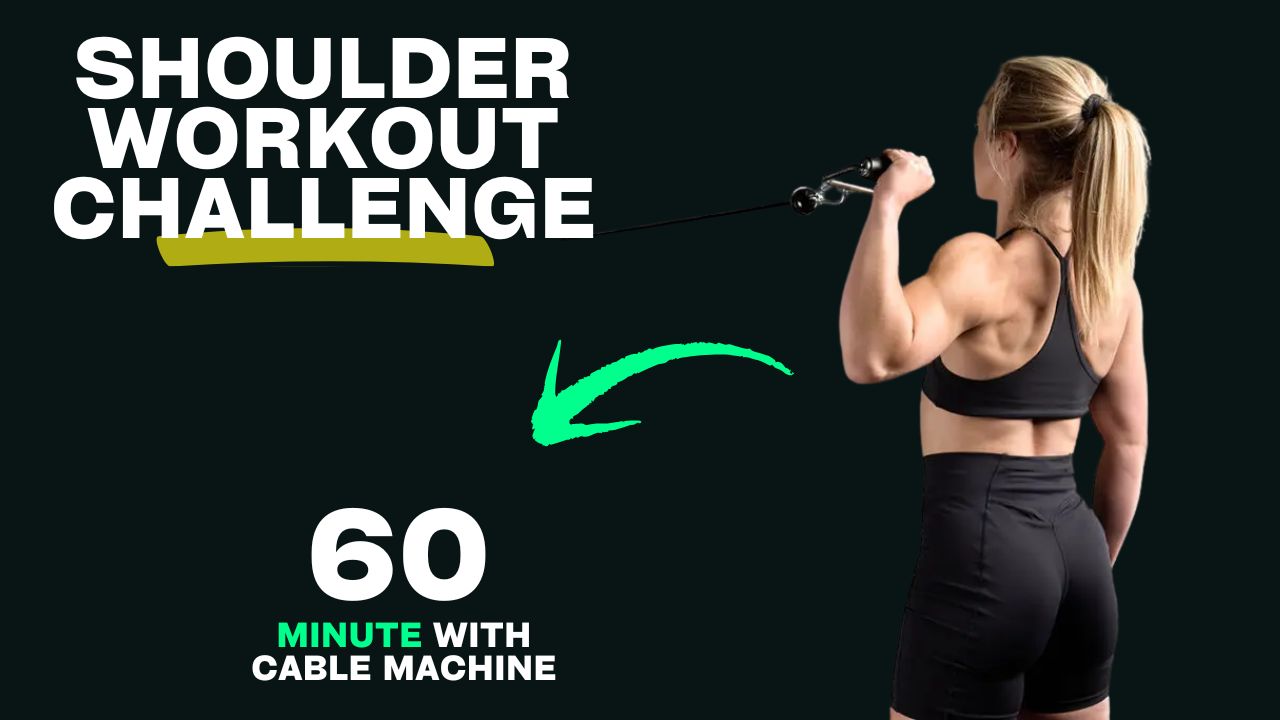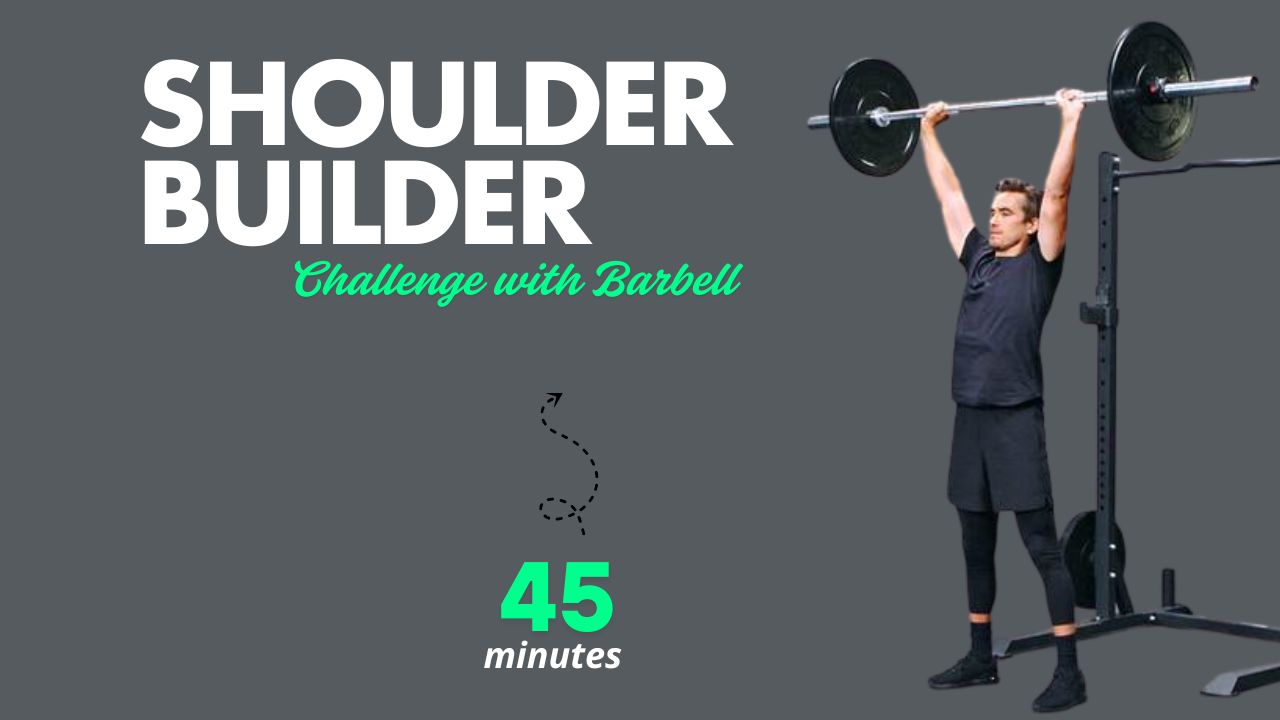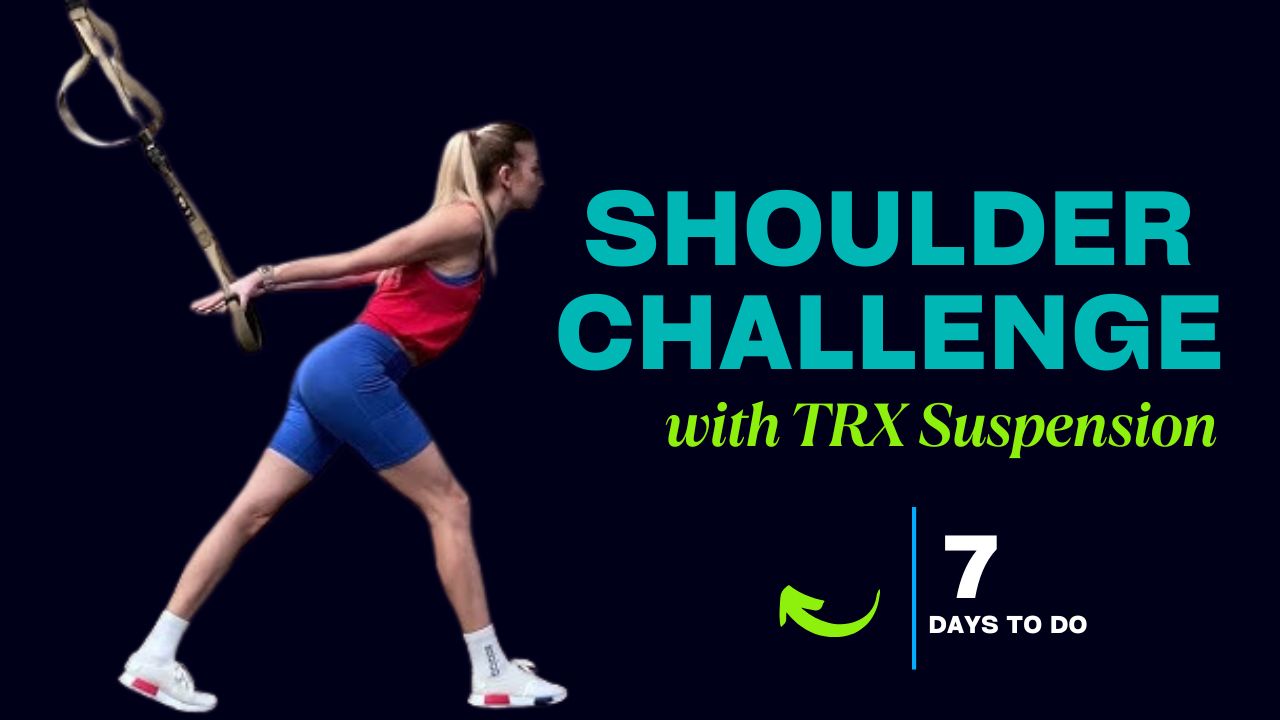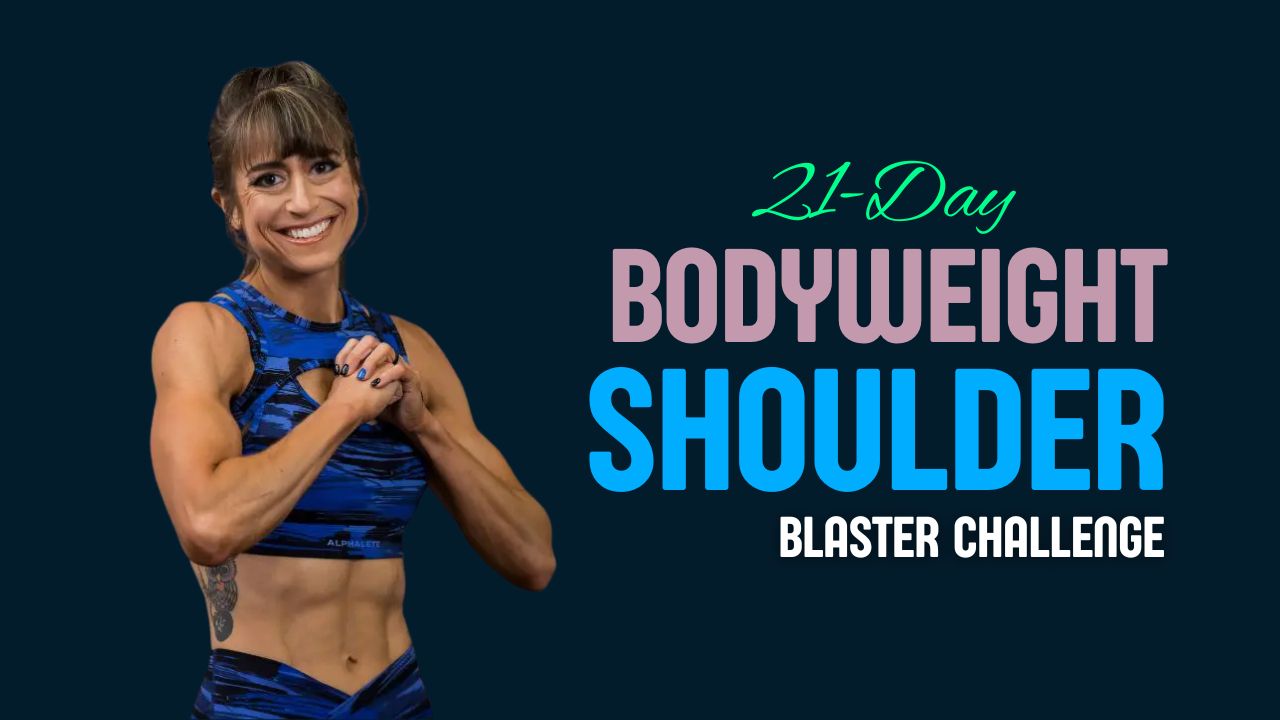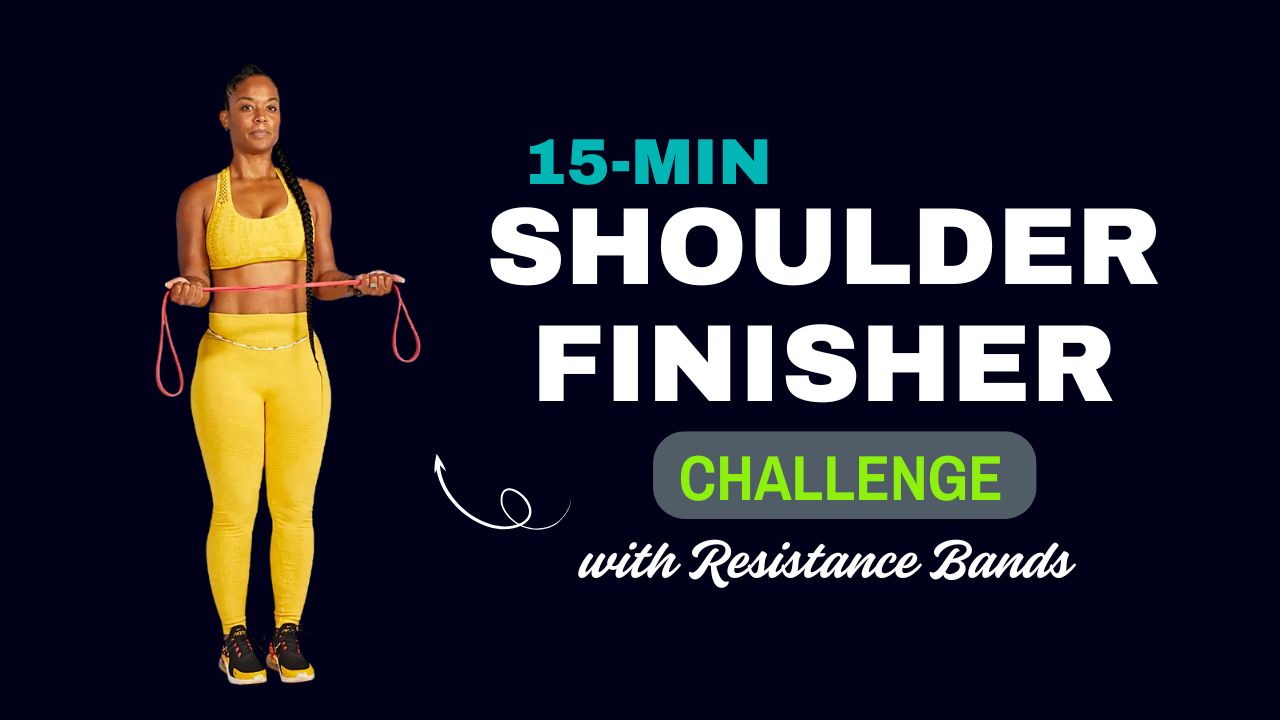If you think recovery days mean doing nothing, think again. Recovery isn’t just about resting; it’s about moving smartly to keep your muscles flexible, your blood flowing, and your body primed for your next big workout.
This 10-Minute Back Burner Challenge with a medicine ball is not just about strengthening your back — it’s a targeted active recovery workout that keeps stiffness at bay, improves posture, and enhances spinal mobility.
Here’s the kicker: many people treat their back like it’s just “there” — until pain or fatigue reminds them it’s the backbone (literally) of every move you make.
This short but effective session works as a post-training finisher or a standalone recovery boost on rest days.
Did you know?
Over 80% of adults experience back discomfort at some point in their life, and one of the top reasons is weak or underused spinal stabilizers. Gentle, controlled movements with a medicine ball can help reawaken these muscles without overloading them.
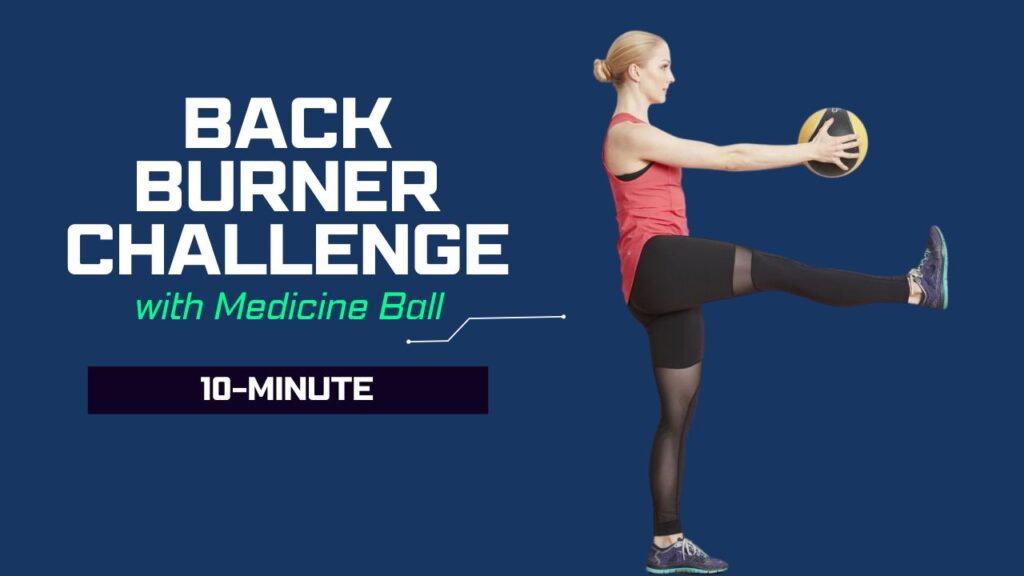
Table of Contents
Why Use a Medicine Ball for Recovery?
The medicine ball adds just enough resistance to challenge your muscles without pushing them into exhaustion. Unlike heavy weights, it allows fluid, controlled movement that encourages joint mobility and blood circulation — two key pillars of faster recovery.
Benefits you can expect from this challenge:
- Reduced post-workout stiffness
- Better spinal alignment and mobility
- Enhanced blood flow for muscle repair
- Core engagement without high impact
- Improved functional movement for daily tasks
What Can Happen After 30 Days of the 10-Minute Back Burner Challenge
| Positive Changes You May Notice | Why It Happens |
|---|---|
| Improved posture and spinal alignment | Strengthening of spinal stabilizers and core muscles supports better posture. |
| Reduced back stiffness and discomfort | Gentle, consistent movement increases blood flow and mobility. |
| Enhanced core and back endurance | Repeated low-intensity training builds muscular stamina. |
| Greater flexibility in the spine and shoulders | Regular mobility work improves joint range of motion. |
| Faster recovery between intense workouts | Active recovery stimulates nutrient delivery to muscles. |
| Better body awareness and movement control | Controlled exercise builds neuromuscular coordination. |
| Increased confidence in daily movements | Stronger, more mobile back muscles make daily activities easier and safer. |
Do & Don’t for the 10-Minute Back Burner Challenge
| Do | Don’t |
|---|---|
| Use a light-to-moderate medicine ball for smooth, controlled movements. | Use a ball that’s too heavy, which can strain your back and joints. |
| Keep your core engaged to protect your lower back during all exercises. | Arch or round your spine excessively, which can lead to discomfort or injury. |
| Move slowly and focus on proper technique rather than speed. | Rush through the exercises, sacrificing form for pace. |
| Maintain steady breathing — exhale during effort, inhale during release. | Hold your breath, which can cause unnecessary tension. |
| Warm up before starting and cool down after finishing. | Skip warm-up or cool-down, increasing the risk of stiffness. |
| Listen to your body and modify exercises if needed. | Push through sharp pain or discomfort. |
| Perform this challenge 2–3 times per week for best recovery benefits. | Do it daily without allowing your back adequate rest. |
The Exercises – 10 Medicine Ball Moves for Your Back
Below are 10 exercises, each with a brief description followed by a clear “How to” section so you can perform them correctly.
1. Medicine Ball Standing Back Extensions
Description:
This low-intensity move strengthens your spinal erectors and improves posture. It’s especially useful if you spend a lot of time sitting.
How to:
- Stand tall with feet hip-width apart, holding the medicine ball at your chest.
- Slightly bend your knees and hinge forward at the hips, keeping your back straight.
- Engage your lower back and slowly lift your torso until you’re upright again.
- Keep movements slow and controlled.
2. Seated Medicine Ball Twists
Description:
Great for working the obliques and deep spinal rotators, this move helps with rotational mobility and stability.
How to:
- Sit on the floor with knees bent, holding the medicine ball close to your chest.
- Lean back slightly, engaging your core.
- Twist your torso to the right, bringing the ball toward your hip.
- Return to center, then twist to the left.
- Keep your spine tall and avoid rounding your back.
3. Medicine Ball Good Mornings
Description:
Targets your lower back and hamstrings while improving hip hinge mechanics.
How to:
- Stand with feet shoulder-width apart, medicine ball held at chest height.
- Keeping a neutral spine, hinge at your hips until your torso is nearly parallel to the floor.
- Squeeze your glutes and slowly return to standing.
- Avoid locking your knees.
4. Prone Medicine Ball Pass
Description:
An active recovery drill that improves scapular stability and mid-back strength.
How to:
- Lie face down on the floor with arms extended overhead, holding the ball.
- Pass the ball from one hand to the other in a circular motion around your head and back down to your hips.
- Keep your chest slightly lifted to engage your upper back.
5. Medicine Ball Reverse Fly
Description:
Strengthens your rear delts and upper back, helping counteract forward shoulder posture.
How to:
- Stand with feet hip-width apart, hinge slightly forward at the hips.
- Hold the medicine ball in both hands, arms hanging down.
- Open your arms outward until they’re in line with your shoulders.
- Slowly return to the start.
6. Kneeling Medicine Ball Shoulder Rolls
Description:
Relieves tension in the shoulders and upper back while increasing range of motion.
How to:
- Kneel with your back straight, holding the ball in front of you.
- Make slow, controlled circles with the ball as if drawing a halo.
- Switch directions after a set number of reps.
7. Medicine Ball Dead Bug
Description:
Improves core stability while keeping your lower back safe and supported.
How to:
- Lie on your back, holding the medicine ball above your chest.
- Raise both legs so your knees are bent at 90 degrees.
- Lower your right arm and left leg toward the floor while keeping your back flat.
- Return to start and alternate sides.
8. Medicine Ball Overhead Side Bends
Description:
Targets the obliques and helps with lateral flexibility of the spine.
How to:
- Stand with feet shoulder-width apart, holding the ball overhead.
- Slowly bend to one side, keeping your core engaged.
- Return to the center and bend to the opposite side.
- Avoid leaning forward or backward.
9. Medicine Ball Wall Circles
Description:
Promotes shoulder stability and gentle back activation, ideal for loosening up post-training.
How to:
- Stand facing a wall with the ball pressed lightly against it at shoulder height.
- Move the ball in slow circular motions, keeping your core engaged.
- Change direction halfway through.
10. Medicine Ball Cat-Cow Stretch
Description:
A recovery-focused stretch that improves spinal flexibility and relieves tension.
How to:
- Get into a tabletop position, placing the ball under your palms.
- As you inhale, drop your belly and lift your chest (Cow pose).
- As you exhale, round your back toward the ceiling (Cat pose).
- Keep movements fluid and controlled.
Common Mistakes to Avoid During This Routine
- Rushing the movements — recovery is about quality, not speed.
- Holding your breath — controlled breathing helps oxygenate muscles.
- Overloading the ball — use a light-to-moderate weight to avoid strain.
Myth vs. Fact – Back Training in Recovery
Myth: Training your back on recovery days will slow healing.
Fact: Light, controlled movements stimulate blood flow and accelerate recovery without causing further fatigue.
10-Minute Back Burner Challenge – Duration & Routine
Routine in Row Format:
- Standing Back Extensions – 1 min
- Seated Twists – 1 min
- Good Mornings – 1 min
- Prone Pass – 1 min
- Reverse Fly – 1 min
- Kneeling Shoulder Rolls – 1 min
- Dead Bug – 1 min
- Overhead Side Bends – 1 min
- Wall Circles – 1 min
- Cat-Cow Stretch – 1 min
Routine in Table Format:
| Exercise | Duration | Focus Area |
|---|---|---|
| Standing Back Extensions | 1 min | Lower back, posture |
| Seated Medicine Ball Twists | 1 min | Obliques, spinal rotation |
| Medicine Ball Good Mornings | 1 min | Lower back, hamstrings |
| Prone Medicine Ball Pass | 1 min | Mid-back, scapular stability |
| Medicine Ball Reverse Fly | 1 min | Upper back, rear delts |
| Kneeling Medicine Ball Shoulder Rolls | 1 min | Shoulder mobility |
| Medicine Ball Dead Bug | 1 min | Core stability |
| Overhead Side Bends | 1 min | Lateral flexion |
| Medicine Ball Wall Circles | 1 min | Shoulder stability |
| Medicine Ball Cat-Cow Stretch | 1 min | Spinal mobility |
Conclusion
The 10-Minute Back Burner Challenge isn’t just another workout — it’s a focused recovery tool designed to keep your back healthy, your posture aligned, and your muscles primed for peak performance.
By incorporating the medicine ball into these gentle yet effective moves, you’re giving your body the perfect balance of mobility, stability, and circulation.
Recovery is when your body rebuilds, and the right kind of movement can make that process faster and more effective.
Whether you’re easing out post-workout stiffness, countering the effects of a long day at your desk, or simply investing in long-term spinal health, this challenge delivers results in just ten minutes.
Commit to this routine a few times a week, and over time, you’ll notice not just less discomfort, but more strength, flexibility, and confidence in every move you make.
Frequently Asked Questions (FAQs)
Can beginners do this 10-minute back challenge?
Yes. This routine is designed for all fitness levels. Beginners should use a light medicine ball (2–4 lbs) and focus on proper form rather than speed.
How often should I do this workout for recovery?
You can perform it 2–3 times per week, especially on active recovery days or after back-intensive workouts.
What weight medicine ball should I use for recovery?
For recovery purposes, choose a light-to-moderate weight that allows you to complete each move with control — typically between 2–6 lbs for most people.
Can I replace the medicine ball with another piece of equipment?
Yes. A lightweight dumbbell, small weighted pillow, or even a water bottle can work as a substitute, though a medicine ball allows smoother, more functional movement.
Is this routine safe for people with mild back pain?
If your discomfort is due to muscle tension or stiffness, these gentle moves can help. However, if you have a diagnosed injury or severe pain, consult a healthcare provider before starting.
Should I warm up before doing this routine?
A short warm-up (2–3 minutes) such as shoulder rolls, torso twists, and light walking can help prepare your muscles and joints for smoother, safer movements.
Can this be used as a standalone workout?
Yes, but it’s intended more as an active recovery session. For strength gains, pair it with a full-body or back-focused strength routine on other days.
